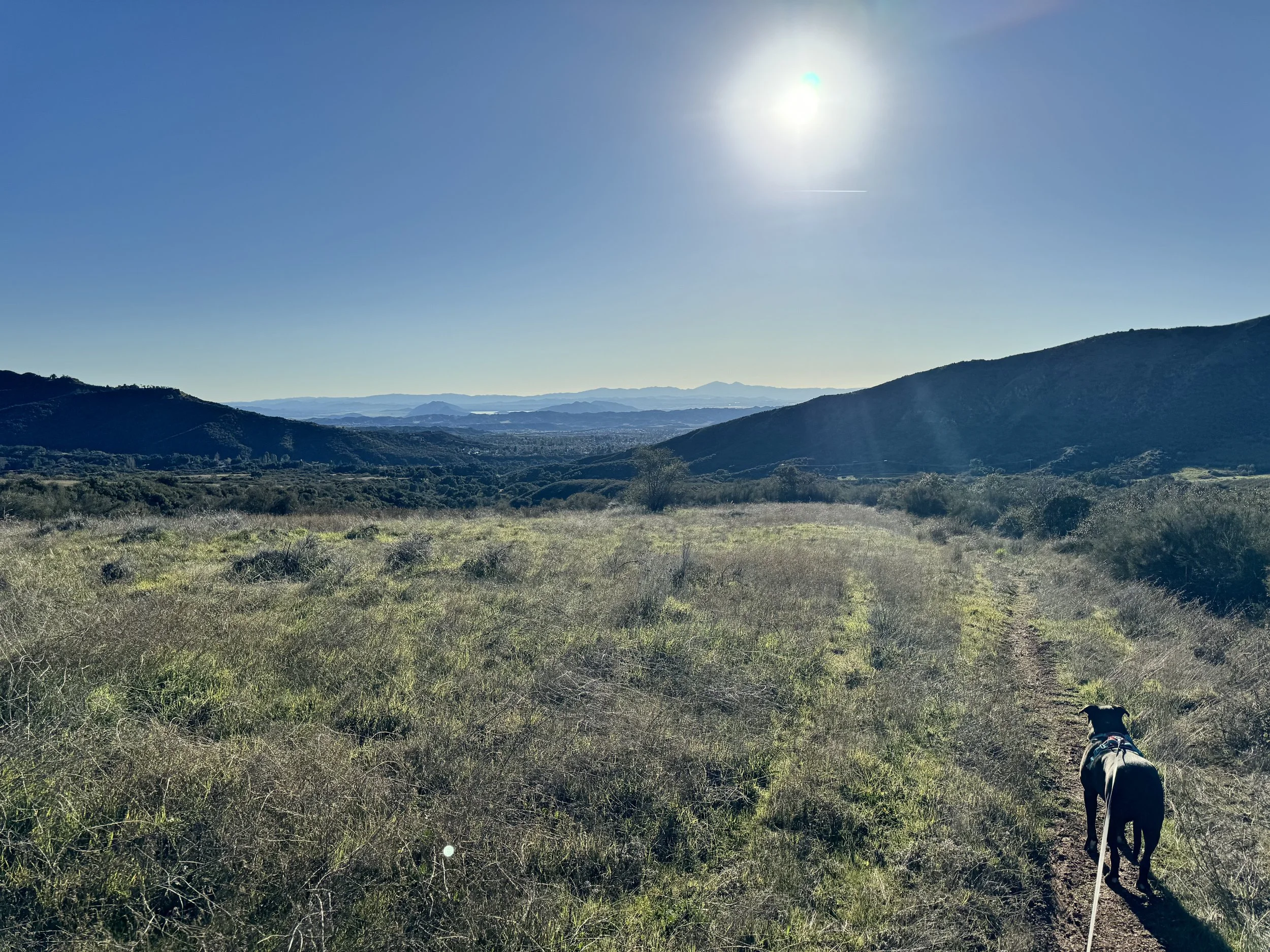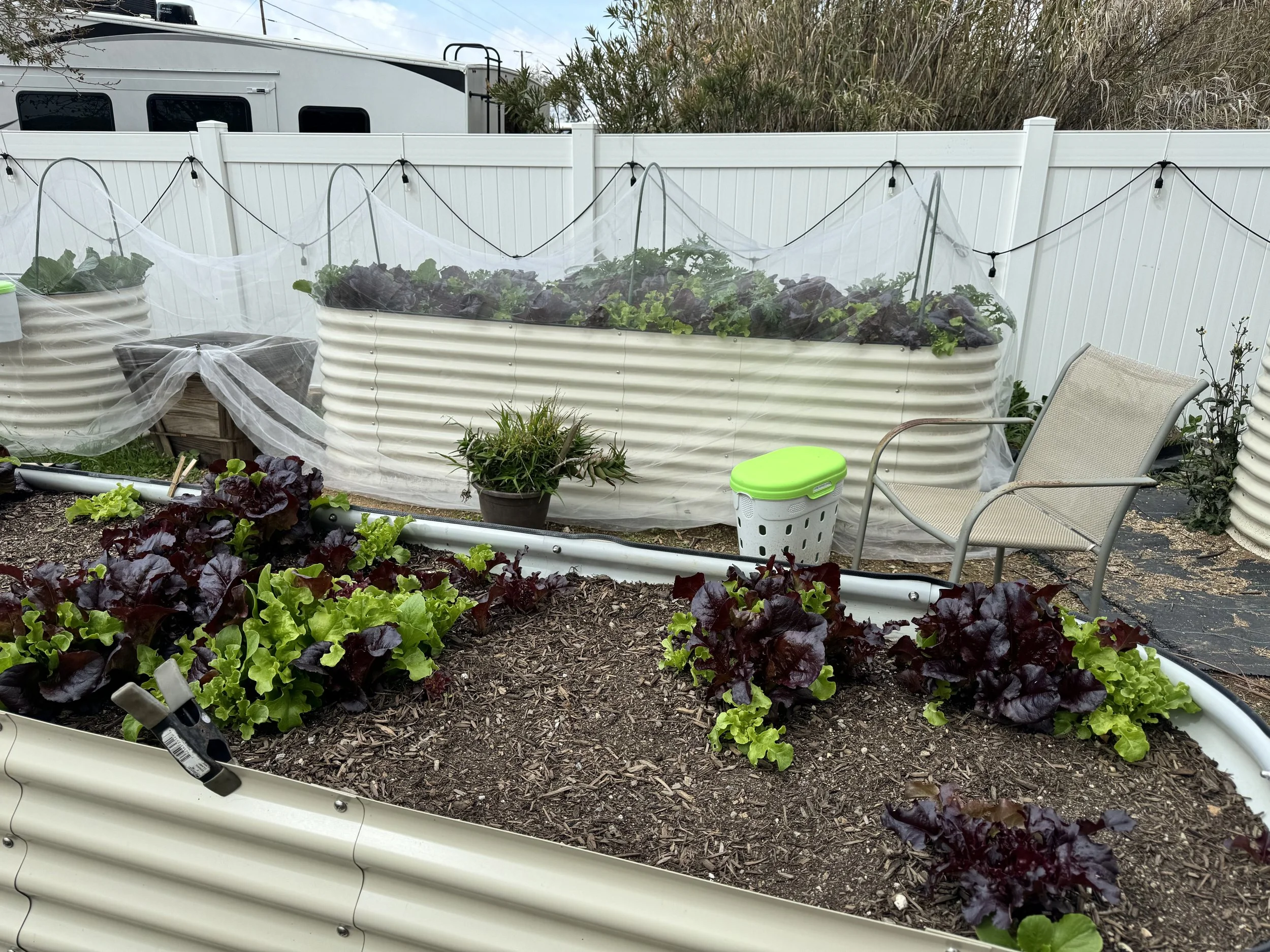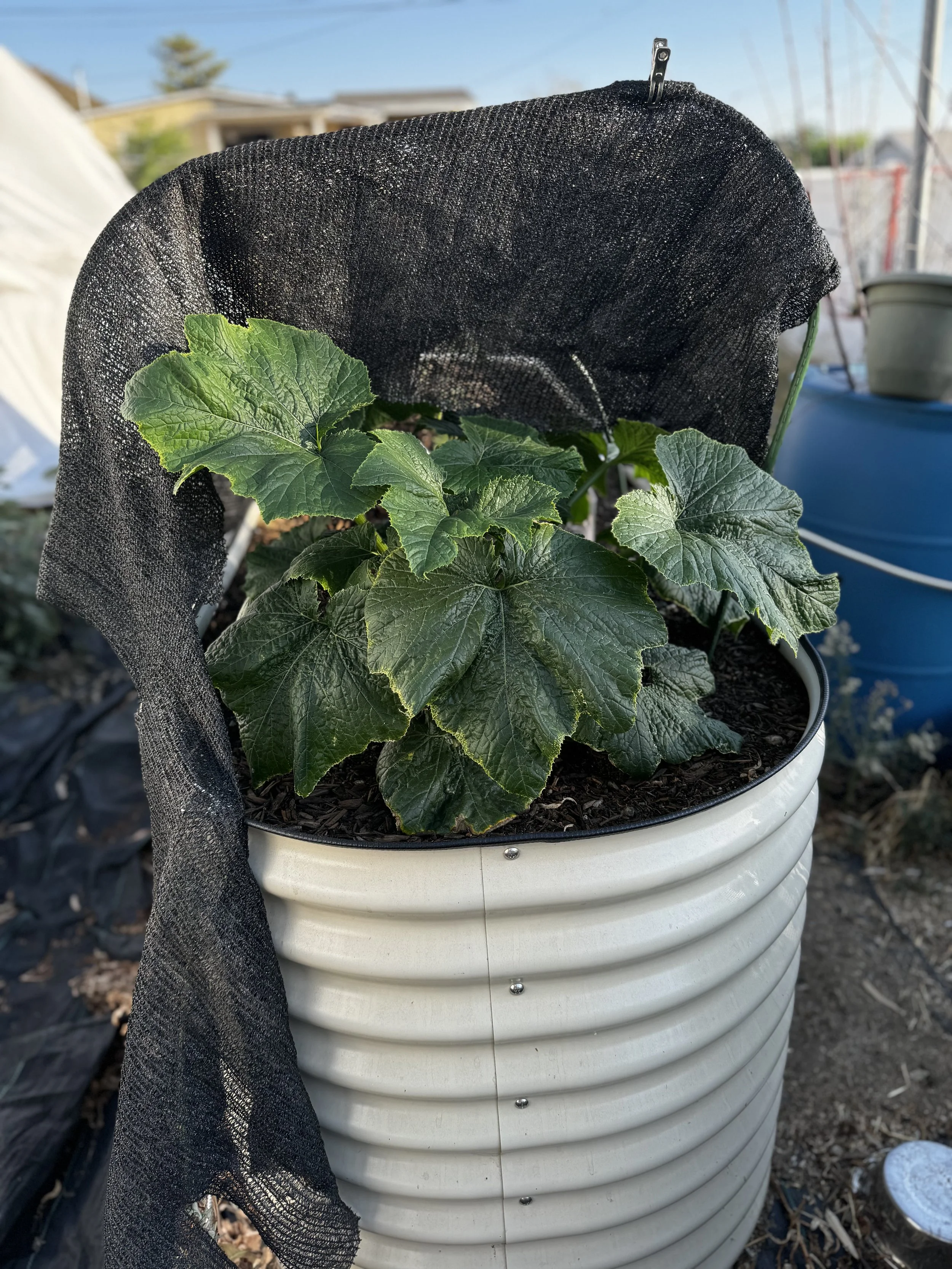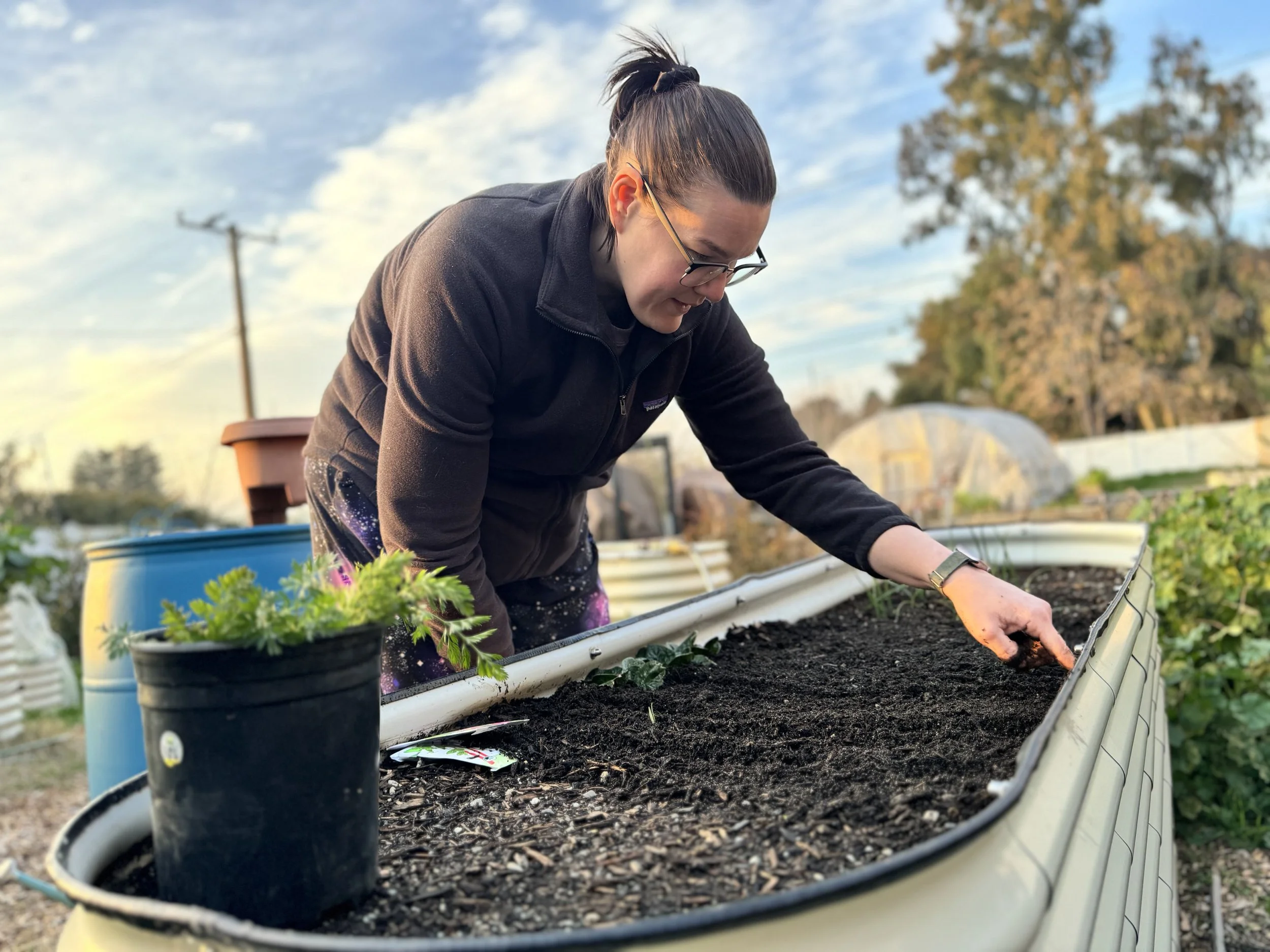
How to Get Started Growing
Vegetables In The Desert!
Want to learn some tips and tricks for how to grow a healthy vegetable garden in a desert environment like Zone 9?
*All listed products included in affiliated links have been used and tested by us personally beforehand.
After over six years of growing in the foothills of Southern California we have decided to start sharing our knowledge and experience with people that, like us, had no idea where to start. Below is what has worked for us and what we regularly suggest to those who have asked in the past.
I know that buying a bunch of things at one time will seem like the fun thing to do but the best way to go about it is to start with 1 to 3 raised beds or buy some large pots first to get some experience with your local environment. You do not want to set up a massive greenhouse or prepare ten beds just to have to move them or reorient them in a different direction. If you start small you can save money and time while gaining knowledge. Once your thumbs are a bit greener then step up in a way that makes financial sense. Despite our experience we only build five to seven beds at a time each season.
I suggest you start with some radish, a lettuce mix, and spinach. It’s not the most exciting mix but they make for an easy start into growing vegetables. They are easy to grow, will grow in a wide range of environments, and have a shorter time to harvest. I also suggest spinach, lettuce, and turnips for similar reasons. Start growing tomatoes and you have yourself a tasty salad! If you want to make your growing experience easier I suggest you start with these coconut coir seed starter plugs.
Start Using Steel Mesh Under Your Raised Beds to Protect Them From Pests!
We tried growing traditionally in the ground and it was very successful for about a season. Then everything wanted to come make a home in my garden. Gophers have been our biggest issue and the steel mesh has been great at keeping them from coming from below the beds.
Start By Getting Acquainted With Your Soil and What Healthy Soil Should Look Like!
Start Learning to Plant From Seed!
Yes, it's a lot easier to go to your local nursery or home improvement store where they sell plants and buy some seedlings. However, for the same price you can get a bag of seed that will last you at least a season or two. Buying seedlings can give you a jump start on the growing season but it will eat at your budget quickly. Growing from seed takes much more patience and planning but it will pay you back in healthy plants that do not experience transplant shock.
Start Easy!
Start With Raised Beds!
I believe raised beds will result in better control of that small micro environment, from soil mixture to temperature to pests, versus growing in the ground. Raised beds give you much more control while still benefiting the soil below.
Start Using Netting To Protect Your Seeds From Birds and Plants From Insects!
Birds are going to want to eat your seeds, even if they’re inside a greenhouse! I have had to chase dozens of birds out of my greenhouse that somehow got stuck in there despite the door.
How? I am not sure! My solution is netting to cover your beds to keep any birds out. If you use a fine mesh netting it will not harm the birds as they are less likely to get stuck.
Everyone thinks their soil is garbage. It might be! It might not be as bad as you think it is. We recently learned that our native soil with a shovel or two of compost resulted in some healthy and productive pumpkins. Our native soil (which started off as a dirt lot covered in now removed construction gravel) had the correct stuff to grow pumpkins. Normally I would have planned to completely offset the native soil with compost and other beneficial additives without mixing much of the native soil into it.
We are seeing more and more earthworms every time we add new seeds to the beds. You want your soil to be darker, almost black even when it is dryer. Healthy soil will remain moist after watering for several hours. If you did not already know you want to see earthworms in your soil.
Start Using Shade Cloth During The Warmer Days and Greenhouse Plastic During The Colder Days!
I started using both shade cloth and greenhouse plastic to protect my plants starting in my first year and both made a huge difference. The shade cloth helps protect your plants from getting too hot and helps retain the moisture of the soil. The plastic helps With the use of both we can grow vegetables we love to eat all year including tomatoes!
Start Leaning Into Your Winners!
You will discover over several seasons which plants do better than others. Sometimes different plants just thrive while others fail even if everything is properly set up. Sometimes I have had two beds of the same plant next to each other where one bed will thrive while the other will have little success. It was the same soil mix, same sunlight, same seed, and same amount of watering. One bed was full of chard while the bed next to it was bare. My wife decided to seed the empty bed with a different plant and it just exploded with the cabbage she seeded. We decided to try Chard out elsewhere and seeded more cabbage into those two beds. My wife also recently discovered that pumpkins grow very well in our area after nearly five years of gardening here. After a single season of growing a handful of pumpkins we are preparing a very large section of our yard to just pumpkins. Always be experimenting with what grows in your area.









